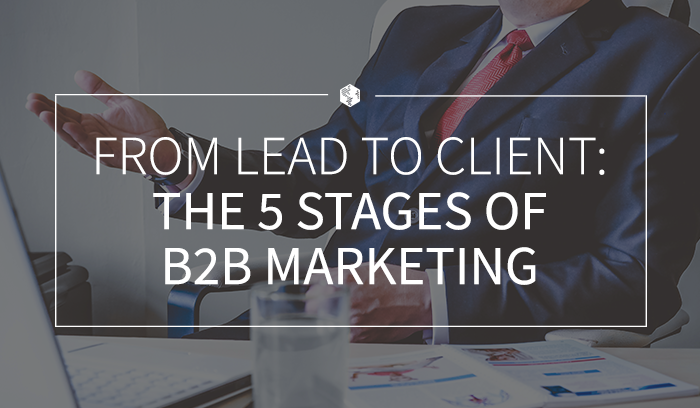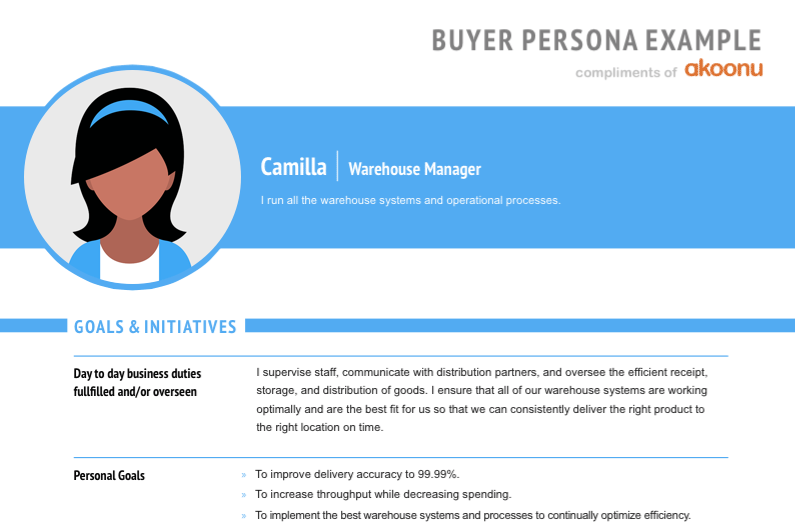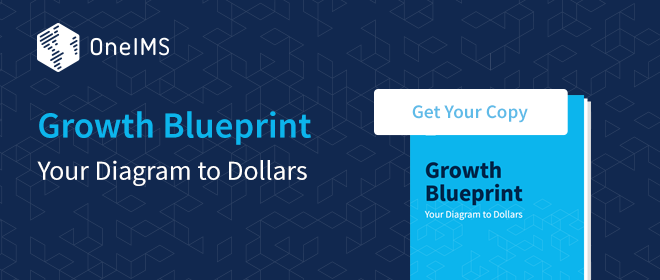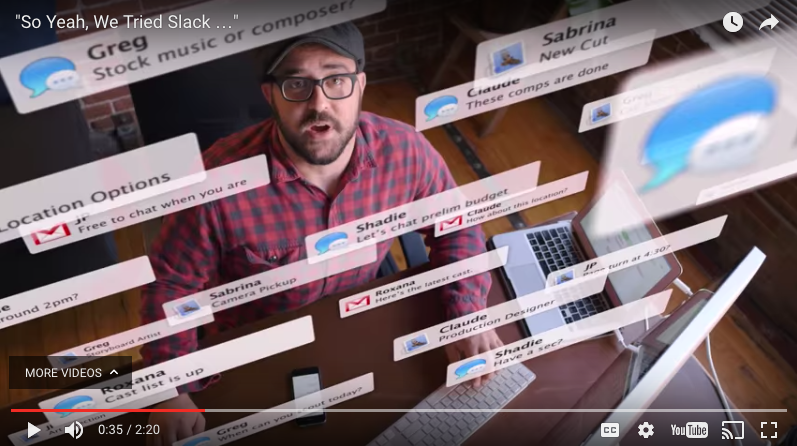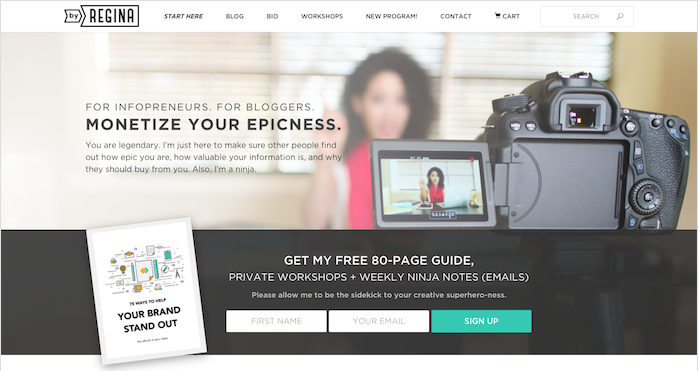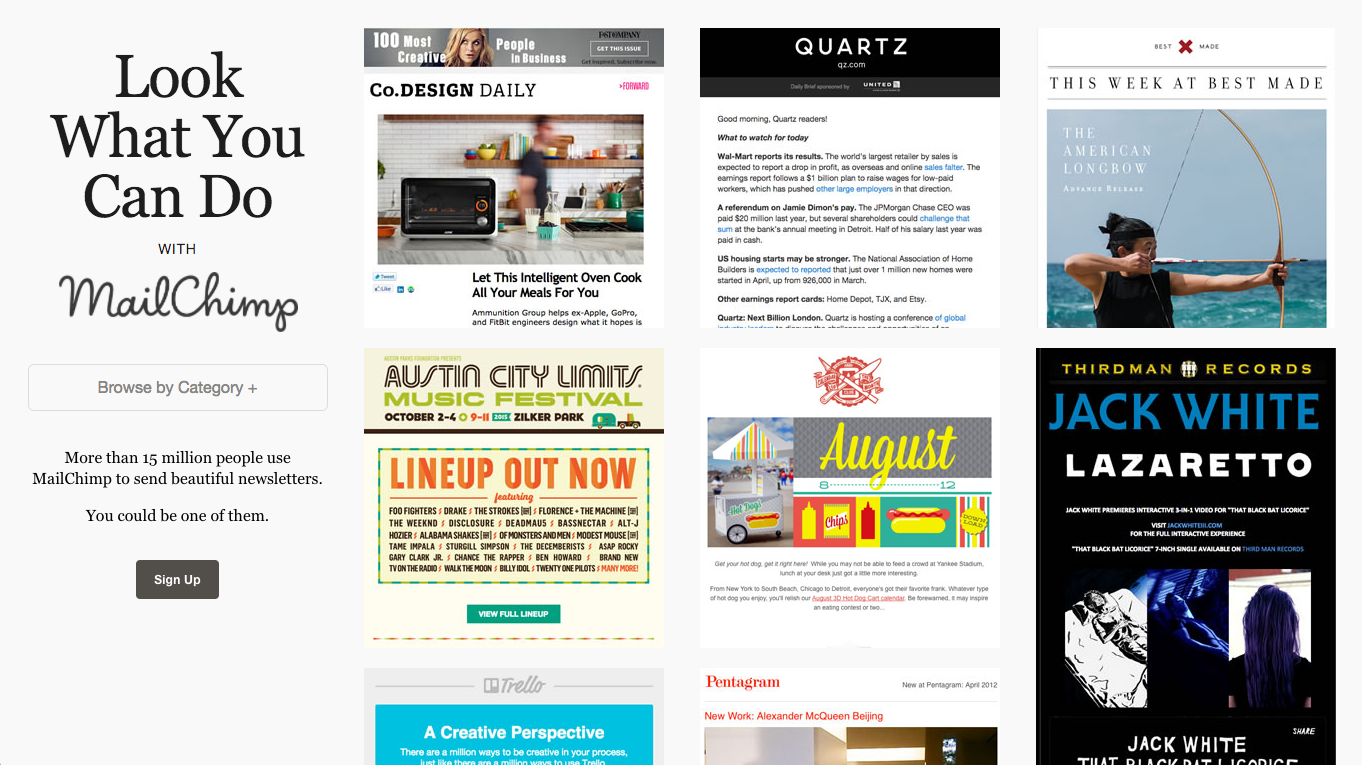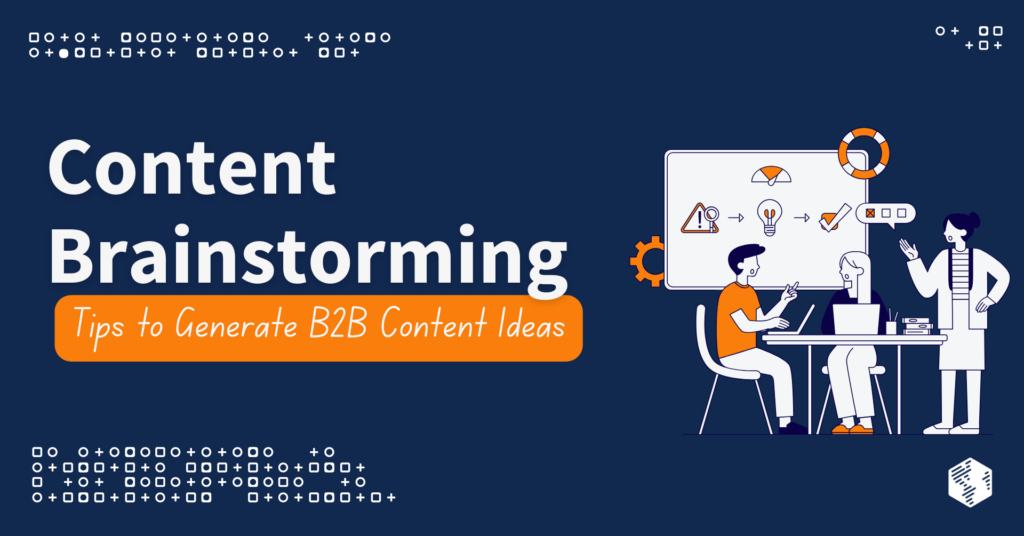When creating a B2B marketing strategy, you probably have one end goal in mind—to get new clients. Unfortunately, too many marketing strategies fail because they only focus on securing a sale. They don’t consider the length of the buyer’s journey or how their marketing strategy can help a client reach the end quicker.
An effective marketing strategy comes down to five stages—target, attract, engage, nurture, and convert. When each stage is strong, companies see more conversions and experience higher levels of success. Through understanding what each stage entails, you can create an unstoppable B2B marketing plan.
Let’s take a look at these five phases and how they work together to transform your leads into fully-fledged customers.
Key Takeaways:
- Your B2B marketing strategy should be broken down into five phases.
- Each phase has its own purpose and contributes to securing clients.
- Missing just one phase could jeopardize the success of your marketing strategy.
- Different kinds of content should appear at each phase.
Pre-Stage: Target
Before creating your B2B marketing strategy, you should consider who you’re trying to reach. During this stage you’ll need to identify your target audience. The best way to do this is to create a buyer persona.
A buyer persona, like the example above from Akoonu, helps you create a more targeted strategy. When you know exactly who your audience is, you can craft stronger content to attract the best leads for your business. You can choose the right messaging, topics, and content forms to gain your audience’s attention.
Your buyer persona should identify who your ideal client is. You’ll want to get as specific as possible, including things like job title, salary, age, and more personal information such as goals and fears. As a B2B company, you need to consider who your ideal business customer is, and also your ideal buyer within the company. Identify what their position is within the business and what unique challenges they face at work.
Stage I: Attract
Once you’ve identified who you’re targeting, you need to create a plan to get their attention. In the second stage of the B2B marketing process, you’re looking for new ways to attract your target audience to your website. This is done through the creation of quality content, such as this Slack video:
While content is necessary in each phase of the B2B marketing process, it’s arguably most important during the attract phase. The content you create needs be high-quality and engaging, in order to cut through the huge amount of information already available online. The better your content is, the stronger your leads will be. And when you’re attracting the right leads, the transition from lead to client will be much easier.
You should create an appropriate mix of blog posts, social media posts, podcasts, and videos, depending on your target audience. By scattering different content forms throughout the web, you can expand your reach and attract leads in a variety of ways. Interesting headlines, personality-rich social media posts, and captivating ads are all great ways to bring more leads to your website.
Stage II: Engage
Of course, getting your leads to visit your website isn’t enough. You need them to express interest or connect in some way. Encouraging your audience to engage with your content gives you a stronger pool of leads, allowing you to identify which ones are closer to becoming clients. The example from By Regina below encourages engagement by asking readers to subscribe in excahnge for a free guide:
When a client engages with your content or company, they’re expressing some level of interest in what you’re providing. They’re saying they enjoyed what you’ve already shared and they want to learn more or keep in touch. They’re ready to receive more detailed information that may persuade them to actually make a purchase.
You can encourage your visitor to engage in a variety of ways, depending on the type of content you used to attract them. For blog posts or videos, a call-to-action is a must and can be easily incorporated. If a lead is clicking through an ad, you’ll want them to go to a landing page. You can encourage newsletter subscriptions by offering a free webinar, cheat sheet, or e-book.
Stage III: Nurture
When a lead engages with your content, it’s time to begin sending them more advanced material. Through nurturing your lead, you’re able to identify their unique needs and challenges, as well as make suggestions on how your products or services can help. This inspiration page from MailChimp does just that:
Lead nurturing requires high-quality, targeted content. Unlike the content that you used to attract your leads, your nurturing content needs to do more than just get attention. It needs to persuade them that you can provide products or services that will solve their problem and make their life easier.
Ideally, you should consider approaching lead nurturing from a few different angles. Using popular lead nurturing tactics like segmented email lists, direct sales outreach, and case studies are all great places to begin. Personal follow-ups, emails, and phone calls from a member of your sales team are also great ways to nurture your leads.
Stage IV: Convert
You’ve paid proper attention to your leads and given them the information they need to make a purchase. They’ve rewarded you by converting from a lead into a client. Although this is the final stage of the B2B marketing process, it isn’t the end of the line.
You want to keep your clients around so they can become repeat customers and take advantage of upgrades. This upgrade offer email from Grammarly is a classic example of trying to upsell an existing customer:
The marketing process is circular, not linear. You always want your clients to go back into the nurturing phase of the sales process. From there, you can upsell them to purchase additional features as their business grows and needs change. You can also ensure they continue to be satisfied with their purchase and keep them updated on new advancements or products.
For a B2B business, this typically means creating a strong relationship with the buyer. Through personal communication, you can gauge how well their initial purchase is satisfying their needs. You can listen to the problems they’re still having and make unique suggestions based on the products or services you’re offering.
Conclusion
Any successful marketing strategy will consider each of these five phases. When you identify the right targets, attract them to your content, and present them with the help and information they need to make a purchase, you’ll have a steady stream of new clients coming in.
Let’s recap the five stages of a B2B marketing strategy and what each includes:
- Target: Create a buyer persona.
- Attract: Develop a content strategy that brings quality leads to your website.
- Engage: Encourage your audience to connect.
- Nurture: Provide decision-making information.
- Convert: Create a strong relationship with the customer to continuously provide new information and product recommendations.
Do you have any questions about the five stages of a B2B marketing strategy? Let us know in the comments section below!
Source Image: Pexels


